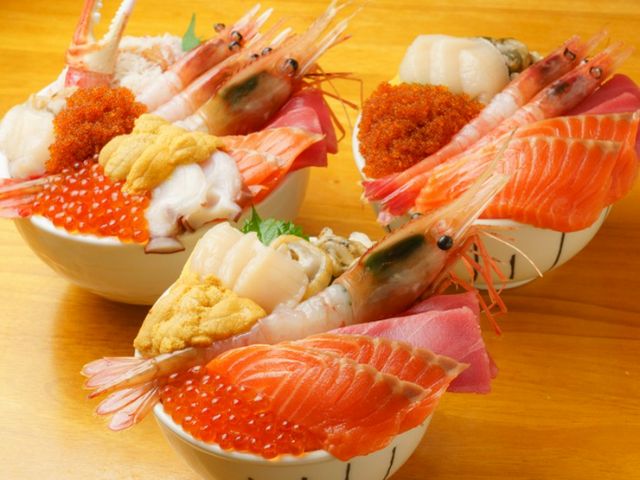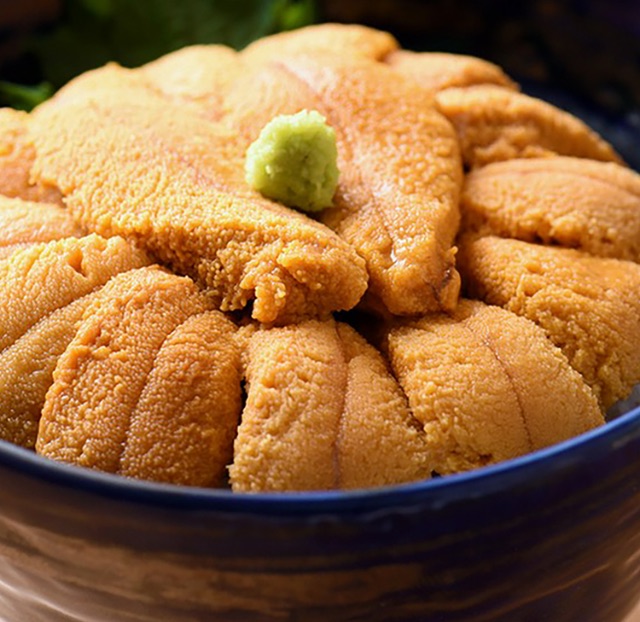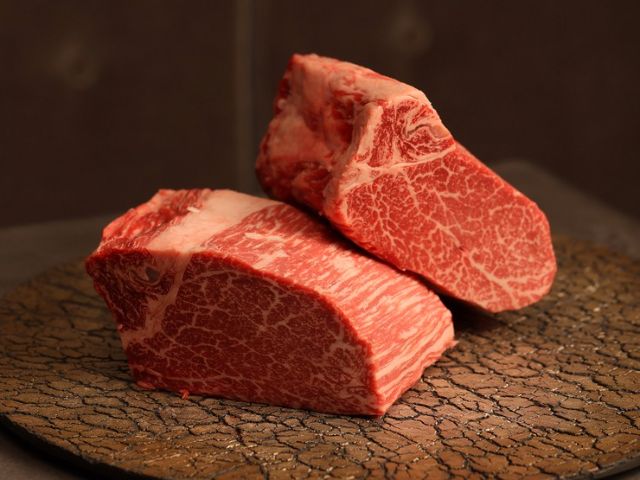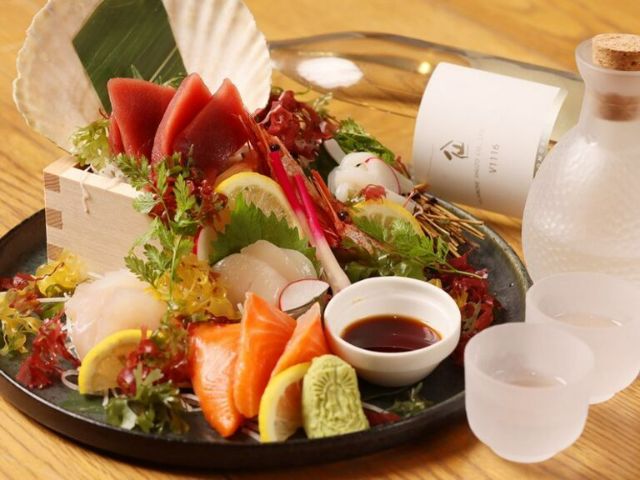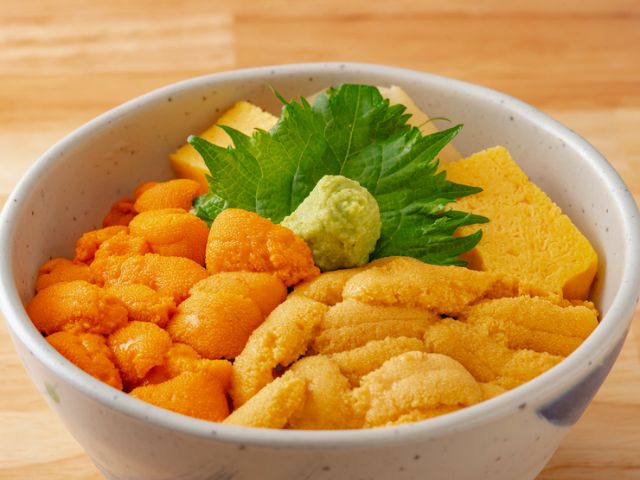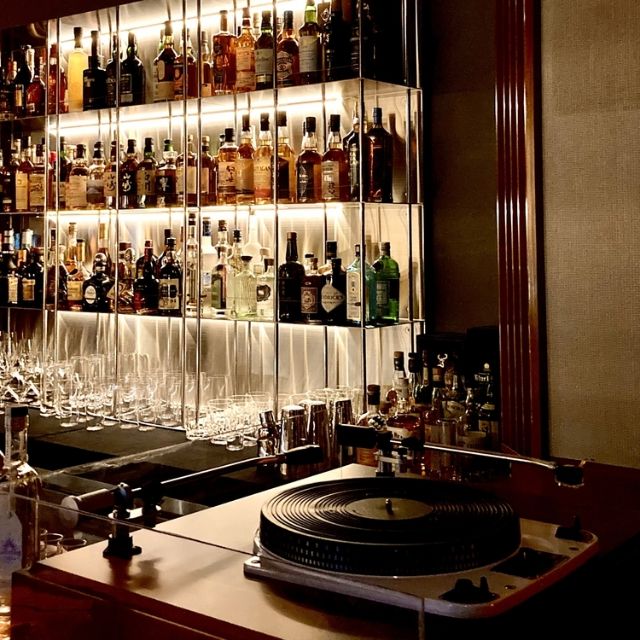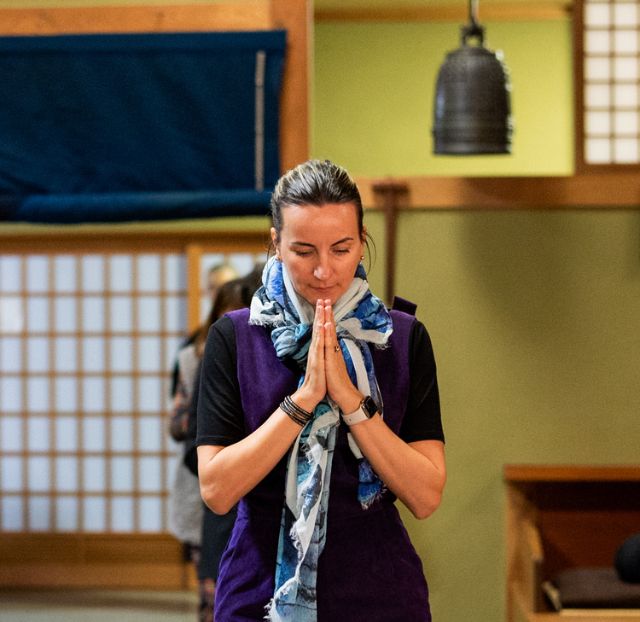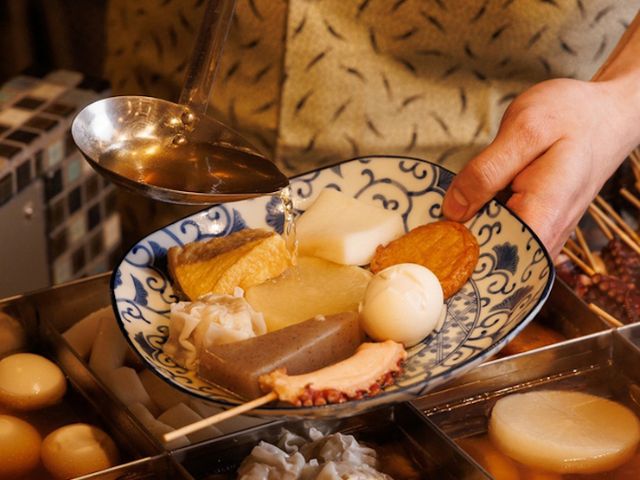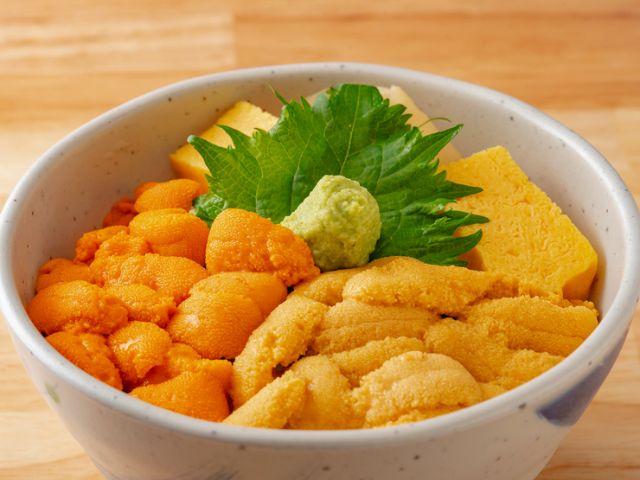Indulge in Crab - Japan's Ultimate Winter Luxury Food!
Update-Date: Jan 31, 2024
Author:
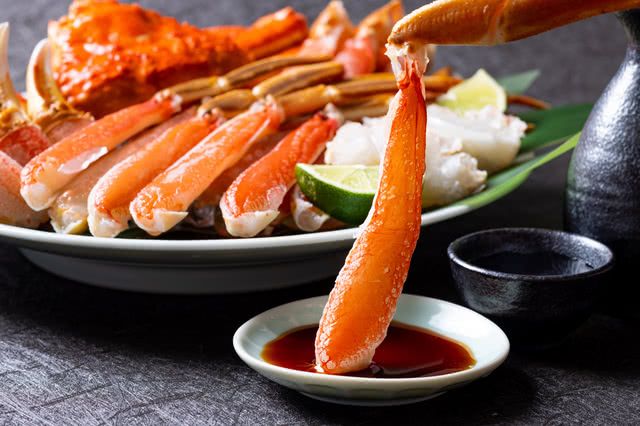
Famous Seasonal Winter Crabs in Japan
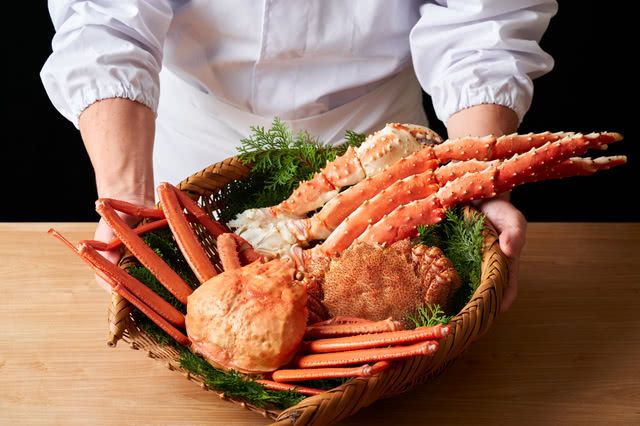
Crabs are an iconic wintertime flavor in Japan. Prefectures particularly famous for their crabs include Hokkaido, Ishikawa, Fukui, and Tottori.
The three main types of crab available in Japan in the winter are snow crab, red king crab, and horsehair crab. Below are details on each, including when they are in season, their appearances, flavors, and recommended ways to cook them.
・Snow Crab
Snow crabs have a leg span of 70–80 centimeters and are caught mainly in the Sea of Japan. Male crabs are bigger and are in season between November and March. While generally called zuwaigani in Japanese, they are known by different names, such as Matsubagani and Echizengani, depending on where they are caught, and they tend to be more expensive if they are sold under the brand name of an area famous for them. They can be enjoyed cooked in a variety of different ways, such as boiled in salt, grilled, and as tempura.
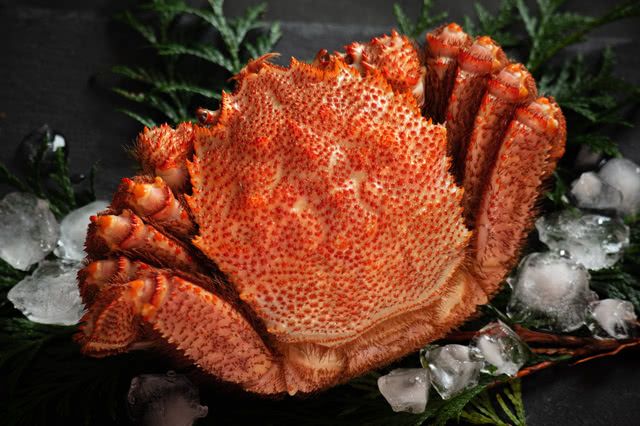
・Red King Crab
Red king crabs are in season twice a year, but they are particularly meaty and flavorful between November and February. Their body shell is generally about 25 centimeters, and their legs span more than 1 meter. They can be found in cold seas, with Hokkaido being a particularly famous producer. They are characterized by their dense meat and can be enjoyed boiled in salted water, as kani shabu (introduced below), or sauteed in butter.
・Horsehair Crab
Horsehair crabs are in season in the middle of winter, between December and February. Horsehair crabs are caught all across Hokkaido, which faces the Sea of Okhotsk. The female crabs lay eggs from April onwards, so they are particularly popular in March when they are full of eggs. Horsehair crabs are best prepared by being boiled in salted water to enjoy their sweet, rich flavors.
Popular Crab Dishes
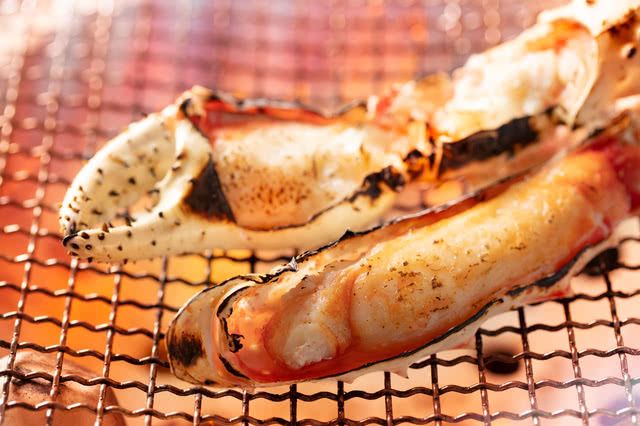
This section will introduce kani miso (crab innards), a delicacy common in crab restaurants, as well as some other recommended crab dishes.
・What Is Kani Miso?
Kani miso is the crab organ that functions similarly to the human liver and pancreas. It has a rich flavor and is commonly grilled in the shell and eaten with boiled or grilled crab meat. This combination goes particularly well with sake. The kani miso that is served is often from snow or horsehair crabs, and the kani miso of red king crab is rarely available as it is fatty and tends to disappear when boiled.
・Simple Cooking Methods: Boiled/Steamed Crab, Grilled Crab
Simple cooking methods such as boiling in salted water and chargrilling are great for enjoying the natural flavors of fresh crab. When crab is boiled in salted water, it is salted evenly throughout, so the umami flavors are enhanced. Steaming, on the other hand, is best for enjoying the natural aroma of crab. When the crab is prepared with simple methods, it is often eaten with the kani miso mentioned above or served with kanisu. Kanisu is a vinegar-based condiment with a mellow sweetness that elevates the sweet umami flavors of crab meat.
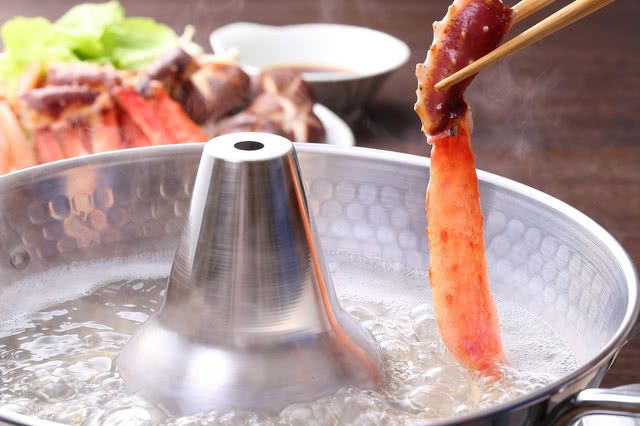
・Kani Nabe
Kani nabe is a hotpot dish prepared by simmering crab, vegetables such as cabbage and scallions, mushrooms, and tofu in a stock made from bonito flakes and kombu (kelp). It is eaten dipped in ponzu, which is soy sauce mixed with citrus juice. Snow crab, which has sweet and delicate meat, is best suited for kani nabe. The flavors of the crab also seep out into the soup, so making zosui (rice porridge) by adding rice to the soup after finishing is recommended.
・Kani Shabu
This is also a hotpot dish with similar ingredients, but the crab is briefly dipped raw into the soup rather than being simmered. Sweet and tender snow crab and plump, meaty red king crab are best suited for kani shabu. This is a great way to enjoy fresh crab meat cooked to your preferences.
Recommended Restaurants to Enjoy Crab
Kaniman (Joyo)
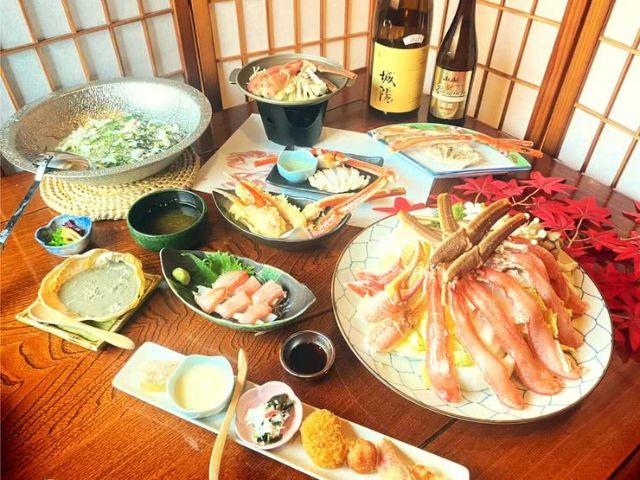
Kaniman is a crab specialty restaurant that serves course meals of rare giant snow crabs. The [Koki Course] (23,000 JPY) is a wonderful way to enjoy ten different crab dishes prepared in a variety of ways, including as an appetizer, kani miso, sashimi, kani shabu, sauteed in butter, tempura, steamed, grilled, and zosui. With these, you can thoroughly savor the sweet flavors of giant snow crab.
The kani miso is made from fresh crab and has no unpleasant odors. It can be eaten as-is to enjoy its rich, full taste, but it also goes well with the variety of dishes that are served one after another. It acts as a great accent that enhances the flavors of the sweet crab meat.
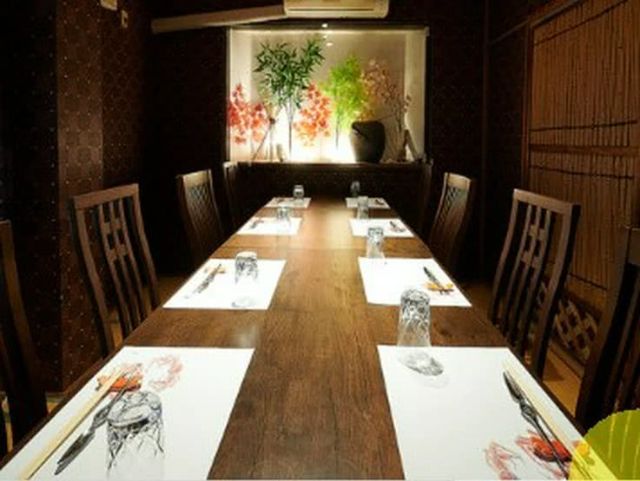
All seating is in private rooms, similar to a ryokan (traditional Japanese inn), with various room sizes that can accommodate anywhere from 2-4 to even 50 people. There are children's seats and menus available upon request, so you can comfortably take the whole family.
The restaurant is about 15 minutes by car from Uji's popular sightseeing spot, Byodoin, which is also a World Heritage Site, so why not visit after seeing the sites?
Kaniman
Closed: Closed on New Year's Eve and New Year's Day. (By appointment only)
Average price: [Lunch] 20,000 JPY
Access: 3-minute walk from Joyo Station (JR Nara Line)
Address: 91-4, Terada Kitayamada, Joyo-shi, Kyoto Map
More Details
Nihon no Teppen KANI CLUB Wakkanai Gyoko Chokuso (Chitose)

This restaurant serves freshly caught crab procured directly from Wakkanai, the northernmost point of Japan. The horsehair crab, snow crab, and red king crab were nurtured in the cold Sea of Okhotsk, which is known for its drift ice. The crabs are distinguished by their concentrated umami flavors and can be enjoyed in a variety of different ways, such as boiled in salted water, grilled, or as sashimi.
The recommended menu item is the [Grilled Luxurious Crab Set] (19,800 JPY), which is a wonderful way to enjoy fresh, seasonal crab. There are several other dishes to enjoy the flavors of Hokkaido's delicious food, such as grilled fresh seafood, which includes vegetables and other seafood procured directly from fishery companies.
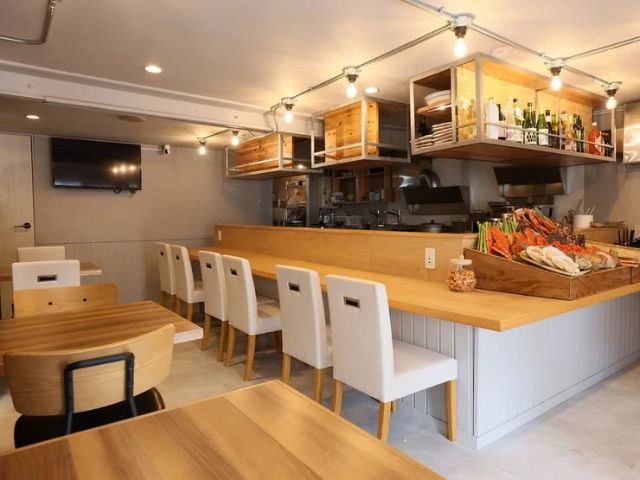
At this restaurant, you can enjoy local alcohols from Hokkaido along with the crab, such as Kokushi Muso from the Takasago Shuzo brewery, Kunimare from Japan's northernmost brewery, and Hokkaido Kiyosato Shochu.
While the restaurant serves luxurious crab, the interior has a chic izakaya (Japanese pub) feel. It also has counter seating, so single guests can also freely visit.
Nihon no Teppen KANI CLUB Wakkanai Gyoko Chokuso
Closed: Monday
Average price: [Dinner] 5,000 JPY
Access: About 10 minutes walk from JR Chitose Station
Address: 1-6, Saiwaicho, Chitose-shi, Hokkaido Map
More Details Reservation
Disclaimer: All information is accurate at time of publication.
Thank you for reading our article.
Our goal is to take your culinary journey to the next level by helping you find the best restaurant. With SAVOR JAPAN, you can search and make reservations for
the restaurants found in and around Hokkaido that fill your needs.
Discover more restaurants by area
Keywords
Update-Date: Jan 31, 2024
Author:
Related Articles
New Articles
Categories
Cuisine
- Bars (23)
-
Japanese Cuisine (676)
- Kaiseki (45)
- Nabe (19)
- Okonomiyaki (24)
- Shabu Shabu (36)
- Soba (17)
- Sushi (137)
- Tempura (18)
- Teppanyaki (46)
- Shojin Ryori (3)
- Tonkatsu (12)
- Kushiyaki (10)
- Yakitori (46)
- Sukiyaki (35)
- Japanese Cuisine (341)
- Oyster (2)
- Sashimi/ Seafood (19)
- Unagi (eel) (30)
- Motsu Nabe (offal hotpot) (6)
- Mizutaki (chicken hot pot) (3)
- Oden (8)
- Kaisendon (seafood bowl) (9)
- Udon (2)
- Taverns(Izakaya) Cuisine (125)
- Western Cuisine (42)
- Italian/French Cuisine (95)
- Yakiniku/Steak (225)
- Chinese Cuisine (26)
- Ramen (Noodles) Cuisine (26)
- Cafe/Sweets (60)
- Other Asian Cuisine (5)
- Global/International Cuisine (7)
- Alcohol (45)
- Other (11)
Area
- Shikoku (10)
- Kyoto and Osaka (345)
-
Tokyo (460)
- Tokyo (286)
- Ginza (44)
- Roppongi (22)
- Shibuya (26)
- Shinjuku (47)
- Asakusa (20)
- Ebisu (12)
- Tsukiji (10)
- Tokyo Landmarks (4)
- Ueno (24)
- Akihabara (9)
- Ikebukuro (12)
- Jiyugaoka, Denenchofu, Nakameguro (9)
- Shimokitazawa (4)
- Kichijoji (3)
- Tachikawa (1)
- Omotesando, Harajuku, Aoyama (18)
- Akabane (1)
- Kagurazaka (4)
- Akasaka (10)
- Odaiba (1)
- Tsukishima, Harumi, Toyosu (3)
- Near Tokyo (100)
- Okinawa and Ryukyu Islands (58)
- Hokkaido (124)
- Northern Honshu (Tohoku) (31)
- Central Honshu (Chubu) (144)
- Western Honshu (Chugoku) (32)
- Kyushu (92)
Archives
- December 2025(9)
- November 2025(4)
- October 2025(3)
- September 2025(6)
- August 2025(11)
- July 2025(19)
- June 2025(18)
- May 2025(34)
- April 2025(43)
- March 2025(30)
- February 2025(36)
- January 2025(26)
- December 2024(69)
- November 2024(31)
- October 2024(15)
- September 2024(39)
- August 2024(65)
- July 2024(31)
- June 2024(54)
- May 2024(61)
- April 2024(28)
- March 2024(31)
- February 2024(42)
- January 2024(32)
- December 2023(20)
- November 2023(5)
- October 2023(11)
- September 2023(7)
- August 2023(18)
- July 2023(8)
- June 2023(8)
- May 2023(18)
- April 2023(15)
- March 2023(1)
- January 2023(1)
- April 2022(2)
- March 2022(2)
- February 2022(1)
- January 2022(1)
- July 2021(1)
- March 2021(1)
- February 2021(1)
- December 2020(1)
- October 2020(1)
- September 2020(2)
- August 2020(10)
- July 2020(6)
- June 2020(9)
- May 2020(11)
- April 2020(8)
- March 2020(8)
- February 2020(13)
- January 2020(9)
- December 2019(24)
- November 2019(8)
- August 2019(14)
- July 2019(15)
- June 2019(18)
- May 2019(17)
- April 2019(16)
- March 2019(22)
- February 2019(22)
- January 2019(26)
- December 2018(34)
- November 2018(40)
- October 2018(32)
- September 2018(11)
- August 2018(8)
- July 2018(6)
- June 2018(9)
- May 2018(10)
- April 2018(21)
- March 2018(74)
- February 2018(39)
- January 2018(26)
- December 2017(60)
Keywords
- Omakase
- Accessible
- Affordable
- All-You-Can-Eat
- Amazing Scenery
- anime
- Art
- Autumn
- Awards
- Beer Gardens
- Breakfast
- Chef Recommendations
- Cherry Blossoms
- Chinese
- Close To Station
- Condiments
- Counter
- Coupon
- Crab
- Culture
- Dassai
- Dates
- delivery
- Early Summer
- Editor's Recommendation
- English Available
- Event
- Expo
- Fall Leaves
- Family-Friendly
- Famous Restaurant
- Famous Tourist Spot
- Fast Food
- festival
- fireworks
- Flower Farm
- Free Wi-Fi
- French
- Great Location
- Guide
- Hibachi
- hotpot
- How To
- hydrangea
- Hygiene
- Illumination
- Italian
- Izakaya
- Japanese
- Japanese alcohol
- jingisukan
- Kaiseki
- Kappo
- Kushiage
- Kushikatsu
- Kyoto
- Late-Night
- Lunch
- Manners
- matsusakagyu
- Michelin
- mizutaki
- Model Course
- monjayaki
- motsunabe
- Mt.Fuji
- Multilingual Menus
- Nabe
- Narita Airport
- New Year
- Ninja
- Noodle
- Oden
- Okonomiyaki
- omotenashi
- Onsen
- Osaka
- Osaka Station
- Photogenic Site
- pizza
- PR
- Private Room
- Ramen
- ranking
- Recipe
- Regional Cuisine
- Resort
- Rice Bowl Dish (Donburi)
- sacred places
- Sake
- Sakura
- Sashimi
- sea urchin
- Setouchi Area
- Shabu Shabu
- sightseeing
- Signature Dish
- Soba
- Solo Diners Welcomed
- Spicy Food
- Spring
- Steak
- Summer
- Sunflower
- Sushi
- takeout
- Teppanyaki
- Terrace Seating
- Tokyo
- Tokyo Experiences
- Tokyo Skytree
- Tokyo Tower
- unagi
- UNESCO
- Vegan
- Vegetarian
- Wagyu
- What Popular Gourmet Sites Recommend
- Whisky
- Wine Bar
- Winter
- Wisteria
- Workshop
- World Heritage Site
- World Writers
- Yakiniku
- Yoshoku
- Yuba
- Zen
Discover Restaurants By Area
-

Tokyo Area
Japan's largest city, Tokyo, is the center of culinary culture in Japan. Countless Tokyo restaurants serve every kind of food imaginable and the Toyosu fish market keeps restaurants stocked with the nation's finest fish.
-

Near Tokyo
Coastal areas, mountains and valleys surrounding Tokyo are bursting with tourist destinations, such as hot springs and ski slopes, where many unique foods are only available locally.
-

Kyoto and Osaka Area
The cities of Kyoto and Osaka, together with their surrounding areas, have greatly influenced Japan's culinary culture since the 7th Century. The region is renowned for its entertainment, Kobe beef, and wide-ranging traditional dishes.
-

Hokkaido Area
The island of Hokkaido is home to wide-ranging produce of the finest quality, such as rice, meat, vegetables, fish and fruit. Popular dishes from Hokkaido include robatayaki (food slowly roasted on skewers) and Sapporo miso ramen.
-

Northern Honshu (Tohoku)
The northern end of Japan's main island, Honshu, is renowned for its seasonal fruit and vegetables, nation-leading harvest of fish (especially tuna from Ohma), and delicious beef from Yonezawa, Sendai and Yamagata.
-

Central Honshu (Chubu)
Chubu is in the center of Japan's main island, Honshu, and its culinary culture reflects its position between Japan's western and eastern halves. Delicious Hida beef, world-famous Mount Fuji and many acclaimed sake breweries are in Chubu.
-

Western Honshu (Chugoku)
Chugoku, on the southwest of Japan's main island, is rich with diverse produce. Many of its products are praised as Japan's best, including Matsuba crabs from Tottori and oysters from Hiroshima. Its pears and muscats are also top grade.
-

Shikoku
The mild climate of Shikoku is ideal for growing citrus fruit such as sudachi. Shikoku is also famous for Sanuki udon noodles, huge yields of tiger prawn from Ehime Prefecture and the best torafugu (tiger globefish) in the country.
-

Kyushu
Western culture was first introduced to Japan through Kyushu, Japan's third largest island, where the influence of Portuguese and other western cuisine influenced the creation of a colorful culinary tradition.
-

Okinawa and Ryukyu Islands
Okinawa, Japan’s southernmost prefecture, is a treasure trove of distinctive dishes and drinks that have become popular throughout Japan, including Okinawa soba, unique sushi toppings and Awamori distilled liquor.
